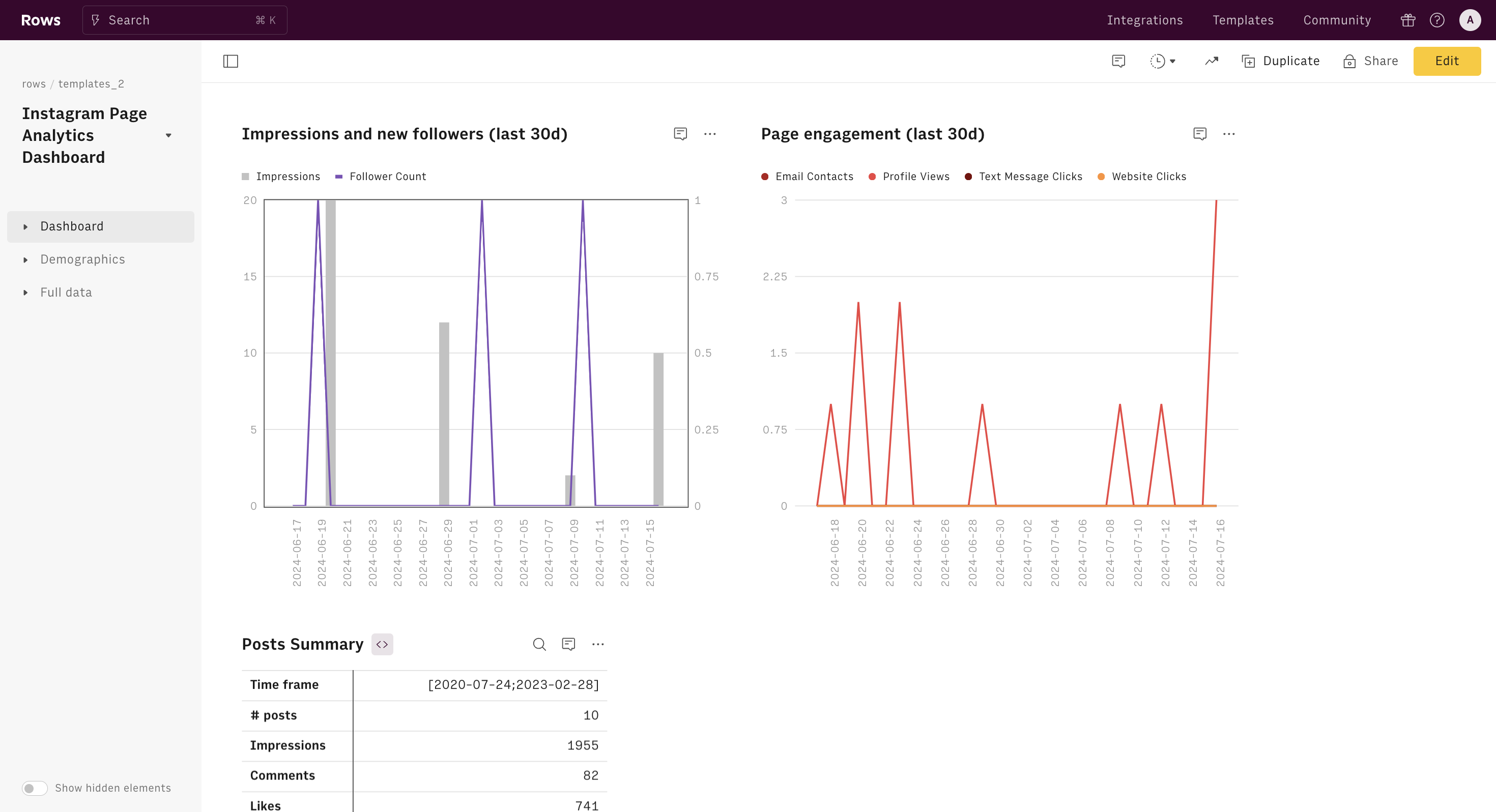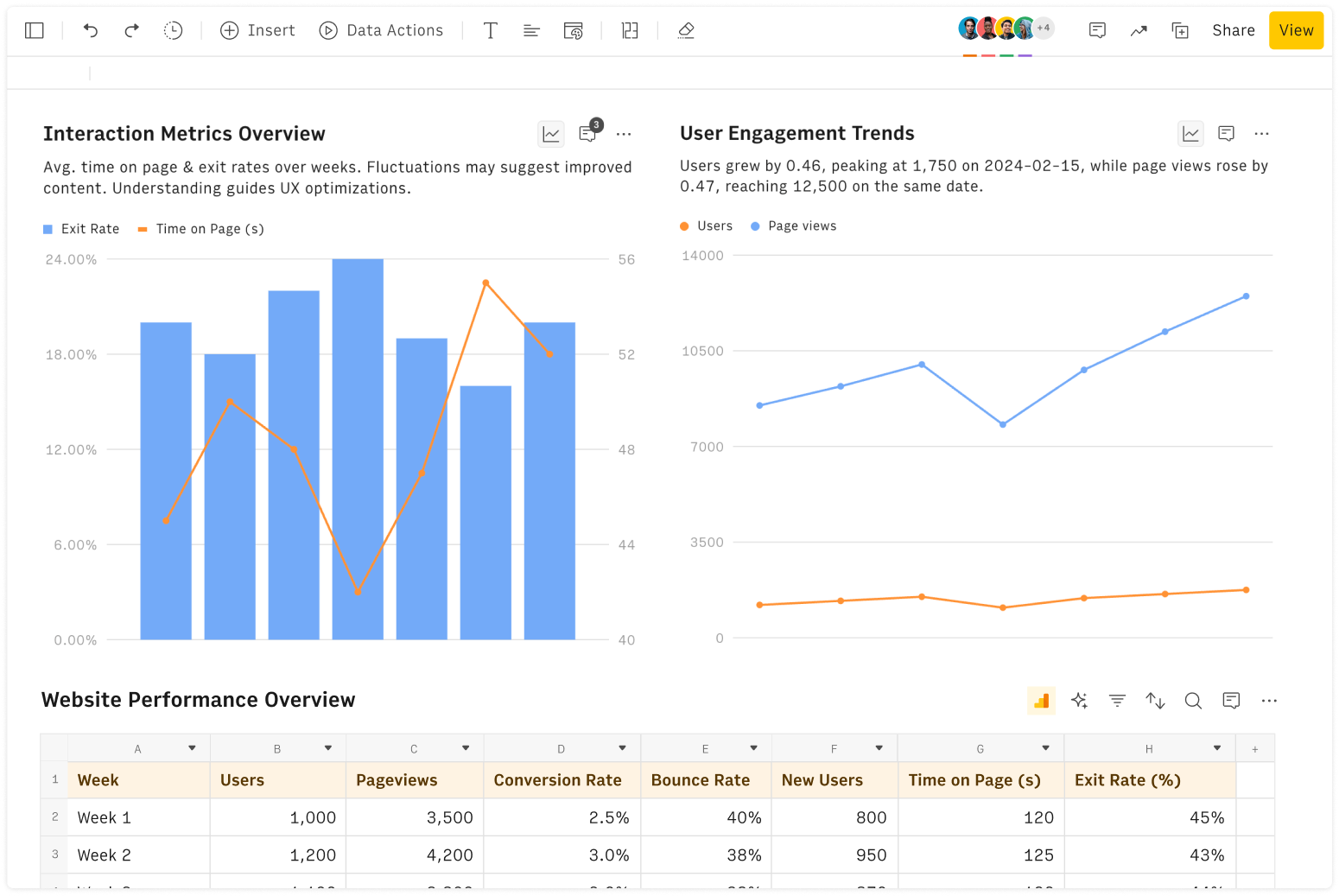What is NPS?
The Net Promoter Score (NPS) is a customer loyalty metric that measures the likelihood of customers recommending a product or service to others.
NPS provides valuable insight into the customer experience and helps companies understand how customers perceive their product. A high NPS indicates that customers are satisfied with the product and are likely to spread positive word-of-mouth, which in turn can lead to improved acquisition and higher user retention.
On the other hand, a low NPS indicates that customers are not satisfied and may spread negative word-of-mouth, which can negatively affect customer acquisition and retention.
How to calculate NPS score?
The typical components of an NPS calculator are:
Total number of detractors (people who rated the product between 0 and 6)
Total number of passives (people who rated the product between 7 and 8)
Total number of promoters (people who rated the product between 9 and 10)
Total number of reviews (detractors + passives + promoters)
NPS is calculated by asking customers to rate their likelihood of recommending the product on a scale of 0 to 10 and then grouping the responses into three categories: detractors (0 to 6), passives (7 to 8), and promoters (9 to 10).
The NPS is calculated by subtracting the percentage of detractors from the percentage of promoters.
What's behind the NPS formula
The NPS formula is designed to give a clear picture of customer sentiment by focusing on the extremes.
It subtracts detractors from promoters to highlight the net positive (or negative) impact of customer opinions.
The formula ignores passives, as they are considered neutral and unlikely to significantly impact word-of-mouth.
By dividing by the total number of reviews and multiplying by 100, the result is expressed as a score between -100 and 100, making it easy to interpret and compare across different time periods or products.
How to interpret NPS results
Interpreting NPS results involves understanding the score range and its implications.
NPS can range from -100 (if every customer is a detractor) to +100 (if every customer is a promoter). Generally, a positive NPS (>0) is considered good, and an NPS of +50 is excellent.
However, interpretation can vary by industry, as some sectors typically have higher NPS than others. It's crucial to benchmark your NPS against industry standards and track changes over time. An increasing NPS indicates improving customer satisfaction, while a decreasing score suggests a need for immediate attention to customer experience issues.
NPS Benchmarks in the Internet SaaS Industry
In the internet SaaS (Software as a Service) industry, NPS benchmarks can vary widely depending on the specific sector and target audience. However, some general benchmarks can provide context for interpreting NPS scores in this field.
According to various industry reports, the average NPS for SaaS companies typically falls between 30 and 40.
Top-performing SaaS companies often achieve scores of 50 or higher, while scores below 30 might indicate room for improvement. It's important to note that B2B SaaS companies tend to have slightly higher NPS scores compared to B2C SaaS companies, often due to longer-term relationships and higher switching costs in B2B contexts.
Factors such as product maturity, market competition, and customer segment can also influence these benchmarks. Companies should aim to not only meet but exceed these industry averages, as higher NPS scores in SaaS have been correlated with faster growth rates and better retention metrics.
Caveats of using NPS
While NPS is a widely used metric, it has several limitations that should be considered:
It's a single number that doesn't provide detailed insights into why customers feel the way they do, necessitating complementary qualitative feedback.
Cultural differences and survey timing can significantly affect results, potentially skewing international comparisons and not accounting for fluctuations in customer opinions.
The rigid categorization of scores (0-6, 7-8, 9-10) may overlook nuances in customer sentiment and doesn't differentiate between fixable issues and fundamental product flaws.
NPS doesn't capture the frequency or monetary value of customer interactions, nor does it account for competitive context within the industry.
The metric assumes all promoters and detractors have equal influence, which may not reflect reality in word-of-mouth spread, and there's potential for bias if the survey isn't administered to a representative sample.







